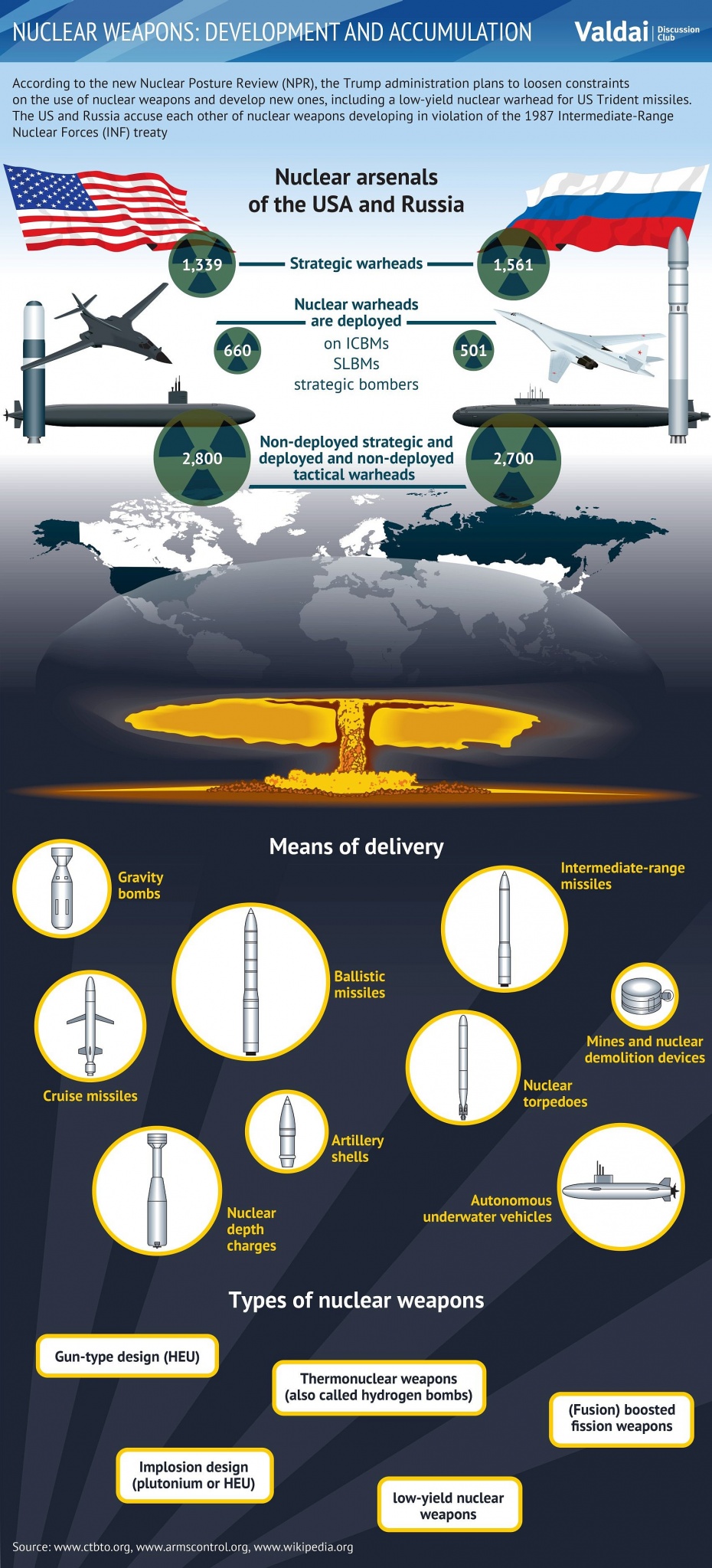The National Defense Strategy of the United States, which was released on January 19, 2018, seeks to help achieve by military means the goals of the National Security Strategy which President Donald Trump put out in December 2017. It should be noted that the 2017 National Security Strategy differs dramatically from Barack Obama’s 2015 strategy.
First, the authors of the 2015 National Security Strategy did not doubt America’s global leadership or the lack of any real alternative to it. President Obama wrote in the introduction: “Today, the United States is stronger and better positioned to seize the opportunities of a still new century and safeguard our interests against the risks of an insecure world. (…) Any successful strategy to ensure the safety of the American people and advance our national security interests must begin with an undeniable truth—America must lead. Strong and sustained American leadership is essential to a rules-based international order that promotes global security and prosperity as well as the dignity and human rights of all peoples. The question is never whether America should lead, but how we lead.”[1]
By 2017, optimism regarding US leadership had waned considerably. The authors of the 2017 National Security Strategy write directly about “America’s renewal and the Reemergence of American leadership. (…)”[2] If we assume that American leadership needs to reemerge, then the current US leaders believe that America is not leading the world now.
Second, the priorities of the 2017 strategy differ from those of the 2015 document. The 2017 security strategy does not mention the Ebola virus or global carbon emissions. The main security threats are different now:
-
China and Russia challenge American power, influence, and interests, attempting to erode American security and prosperity.
-
Dictatorships of the Democratic People’s Republic of Korea and the Islamic Republic of Iran are determined to destabilize regions, threaten Americans and our allies, and brutalize their own people.
-
Transnational threat groups, from jihadist terrorists to transnational criminal organizations
Consequently, this is how the central military challenges are defined in the 2018 National Defense Strategy: “The central challenge to US prosperity and security is the reemergence of long-term, strategic competition by what the National Security Strategy classifies as revisionist powers. It is increasingly clear that China and Russia want to shape a world consistent with their authoritarian model.”[3]
The new US defense strategy logically shifts the focus to confronting military powers, primarily China and Russia, but also, though to a lesser degree, North Korea and Iran. Terrorist groups and organized crime are considered a secondary threat.
The authors of the 2018 defense strategy make no secret of their concern over the loss of US military superiority, which used to be absolute and unquestionable. “We could generally deploy our forces when we wanted, assemble them where we wanted, and operate how we wanted. Today, every domain is contested—air, land, sea, space, and cyberspace,”[4] the new defense strategy says.

Aware of the need to stand up to these challenges, the US military and political leaders advocate multiyear investment “to restore warfighting readiness and field a lethal force”[5] The achievement of these goals includes the modernization of the nuclear triad, investment in space and cyberspace as warfighting domains, continued investment in command, control, communications, computers and intelligence, surveillance, and reconnaissance (C4ISR), the further development of missile defense and enhanced ability to strike diverse targets inside adversary air and missile defense networks to destroy mobile power-projection platforms, investment in forward force maneuver and posture resilience while under attack, in advanced autonomous systems based on artificial intelligence, and lastly, in resilient and agile logistics.[6]
It should be said that response to the new US defense strategy has been lukewarm in America, including in the Pentagon. Pentagon correspondent with The New York Times Helene Cooper writes, citing Pentagon officials, that “the need to do both — fight insurgents and prepare for a potential war among great powers — is pushing a military that is already stretched.”[7] At midnight on January 20, several hours after the unclassified synopsis of the classified 2018 National Defense Strategy was published, the operation of the US federal government came to a virtual standstill because the Congress failed to reach a compromise on the new budget. This is fresh evidence of the scope of America’s financial problems, which will definitely have a negative impact on US defense policy.
Thus, the new National Defense Strategy means a serious turn in the military strategy of the United States. The new main enemies ("revisionist powers", Russia and China) were named and, accordingly, new means of fighting were mentioned. The improvement of the US nuclear arsenal has been put at the forefront among the necessary changes in the US defense industry. This means the preparation of Pentagon for the Great War (and not to counterterrorism operation or to fight with Ebola fever). This turn will undoubtedly have far-reaching consequences for the US military-political strategy.
[1] National Security Strategy. February 2015.
[2] National Security Strategy of the United States of America. December 2017. P. II, 1.
[3] Summary of the 2018 National Defense Strategy of the United States. P. 2.
[4] Ibid., p. 3.
[5] Ibid., p. 5.
[6] Ibid., p. 6-7.
[7] Cooper H. Military Shifts Focus to Threats by Russia and China, Not Terrorism. // The New York Times. January 20, 2018. P. A8. https://www.nytimes.com/2018/01/19/us/politics/military-china-russia-terrorism-focus.html




